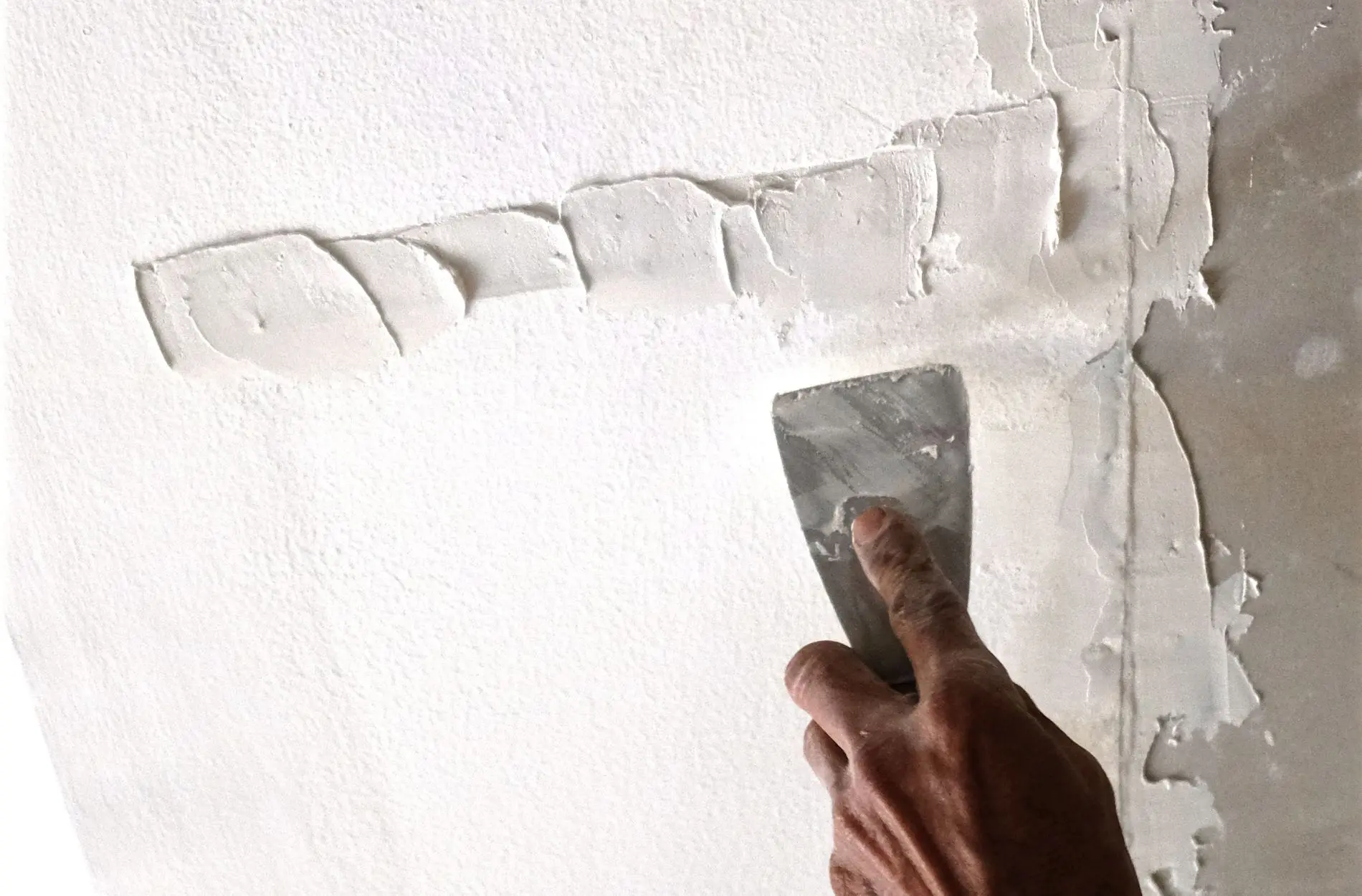Most Common Drywall Issues In Older Orange County Homes

Older homes in Orange County have their charm. From wood-paneled living rooms to classic archways, these houses tell a story of how the area has grown over time. But as these properties age, their walls start to show it. Drywall, which is used in pretty much every interior wall, doesn’t always age gracefully. If you live in a home that’s been around for decades, you’ve probably noticed a few stains, cracks, or lumps that weren’t there before.
These signs might seem small at first, but they can signal bigger problems hiding behind the surface. Moisture, shifting foundations, and long-term wear can all lead to drywall issues that get worse if not taken care of. Knowing what to watch for is the first step to protecting your home. Let’s look at some of the most common drywall problems you’ll find in older Orange County homes and what causes them to show up in the first place.
Common Drywall Issues in Older Homes
Older homes have had years to settle, shift, and deal with every kind of weather Orange County brings. That wear and tear adds up, especially on materials like drywall that aren’t meant to last forever. Here are some of the most common problems we see in drywall across houses that were built 30 years ago or more.
1. Cracks and Settling
Drywall cracks are probably the most obvious signs something’s shifting. They usually appear along seams where two drywall sheets meet or around windows and doors. In an older house, it’s normal for the foundation or framing to settle over time. But when parts of the home move more than others, the drywall pulls and splits. Cracks that come back after being patched are usually a sign of ongoing movement behind the scenes.
2. Water Damage and Mold
Where there’s old drywall, there’s often a history of water damage. This can come from a roof leak, plumbing issue, or years of high humidity. Water weakens the core of drywall, causing staining, bubbling, or even soft, sagging sections. If the moisture sticks around too long, mold can start to grow behind the walls or show up on the surface. Mold isn’t just an eyesore. It can also impact indoor air quality and cause health problems.
3. Nail Pops and Loose Joint Tape
Small circles poking through your wall paint may be nail pops. As wooden studs shift or shrink, the fasteners used to hold the drywall in place start to protrude. You might also notice joint tape peeling or lifting at the seams. Even newly painted walls can look unfinished when these problems crop up.
4. Sagging Drywall
Drywall that looks like it’s drooping or bubbling might be sagging. This can happen because of poor installation years ago or from moisture damage that weakens the board. If your ceiling has soft spots or wavy sections, that’s a strong sign the drywall has lost its support and may need replacing.
5. Holes and Dents
These might seem like basic cosmetic problems, but holes and dents can point to years of wear. Whether it’s caused by furniture impacts, missing door stops, or even pets, these small marks can be more common in older homes. Over time, the surface becomes more fragile and is more prone to new damage.
These problems often start small. In 1970s-style homes around Anaheim, we’ve seen consistent ceiling cracks in hallways. These commonly get ignored because they’re out of sight, but they’re often a sign of shifting framing. Wherever the issues appear, catching them early makes repairs easier and less costly.
Causes Of Drywall Problems In Older Orange County Homes
Living in Orange County means your home experiences a mix of hot, dry days and damp seasons. This changing climate puts pressure on drywall over time. Whether your house is in Anaheim or by the coast, your interior walls are always under environmental stress. But the climate isn’t the only reason drywall shows signs of wear in older homes.
Here’s what commonly leads to drywall damage:
Orange County’s Weather
Hot summers and cooler, damp winters cause expansion and shrinking in building materials. This back-and-forth movement puts stress on drywall joints and seams over the years, leading to visible cracks and warping.
Humidity and Moisture
Even in drier areas, your home collects moisture from steamy showers, poor ventilation, or plumbing leaks. Over time, drywall absorbs that moisture, making it soft, stained, or moldy. Bathrooms and laundry rooms are especially prone to this type of wear.
Structural Settling and Aging
The natural aging of materials in older homes plays a big role. Wood framing contracts and expands, nails shift position, and aging paint or sealants stop protecting the surface. These changes weaken the bond between the drywall and what’s holding it in place.
Outdated Building Techniques
Homes built before the 1980s didn’t always follow current standards. Some used thinner drywall or fewer fasteners, making them more vulnerable to structural stress or light seismic activity common in California.
Skipped Maintenance
Older homes often accumulate small paint jobs or superficial patch-ups without full inspections. This can hide developing issues. A small crack that keeps reappearing or a water stain that fades and comes back is usually a sign of deeper damage.
Understanding these causes helps you recognize warning signs before they become expensive fixes. If your home has never had a full wall check-up, or if there have been major remodels or tenant changes, it’s worth having a detailed inspection done.
Addressing and Repairing Drywall Issues in Anaheim Homes
Drywall repairs in older Anaheim homes are often more complicated than they look. What appears to be a simple spot of mold or a hairline crack might be a sign of trapped moisture, outdated framing, or other hidden issues. Knowing when something requires professional repair makes a big difference when protecting your property.
Trying to fix these problems on your own can backfire, especially if the home’s layout or materials aren’t standard. The way drywall was installed in past decades doesn’t always line up with today’s methods. If a patch doesn’t match the original texture or isn’t properly sealed, that area might need more repairs soon after.
A proper drywall repair often includes:
- Taking out affected drywall to find the root problem
- Checking supporting framing and replacing weak sections
- Matching surface texture so the patch blends in
- Treating damp areas with sealants
- Repainting so repairs look clean and seamless
For homes built before current building codes, we may also suggest upgrading certain materials. For high-traffic or high-moisture places like kitchens or bathrooms, using more durable or moisture-resistant drywall extends lifespan and improves safety.
The goal is always to stop recurring problems and restore the wall’s original performance and appearance.
Tips To Prevent Drywall Issues From Returning
Preventing future damage is easier than most people think. By adding a few checks and habits to your routine home care plan, you can protect your drywall from most common problems found in older homes.
Here are a few simple things that help:
- Do yearly plumbing checks around sinks, tubs, and laundry areas. Fix any small leaks fast.
- Keep attic and crawl spaces well ventilated. Air should move freely to avoid trapped moisture.
- Turn on exhaust fans when showering or cooking. Trapped steam can cause peeling, staining, or mold.
- Walk around your home periodically and check for wall bulges, soft spots, or water stains.
- Don’t slam doors or punch new holes in weak wall sections to hang things. This keeps fasteners and seams in good shape.
If your home has had years of patch jobs without a full inspection, it’s extra important to look at wall integrity in places that get missed. Fixes done without proper sealing or under poor conditions can come back to haunt you after summer heat or winter rains.
How to Keep Your Drywall Holding Strong
Drywall might not be the flashiest part of your home, but it holds everything together. Older Anaheim homes bring a lot of charm, but they also come with layers of hidden wear beneath their walls. Watching for early signs of damage—like cracks that come back, ceiling bulges, or areas that feel damp—can help you avoid more serious structural problems.
Whether you live in a small bungalow or a multi-story family house, keeping an eye on common drywall problems is a smart part of staying comfortable and safe. Catching issues early can keep repair costs lower and help avoid sudden damage.
In the long run, working with professionals who know how Orange County homes are built and how they age means your walls will stay stronger, longer. Tending to aging drywall now can help your whole home last for years to come.
When it comes to preserving the charm and functionality of your older Anaheim home, addressing drywall issues promptly is crucial. At Custom Painting & Decorating, Inc., we specialize in providing comprehensive drywall repair services tailored to the unique needs of older residences. Our expert team understands the complexities of aging homes and ensures that your walls remain durable and visually pleasing. Contact us today to protect your home’s integrity and keep it looking its best for years to come.


